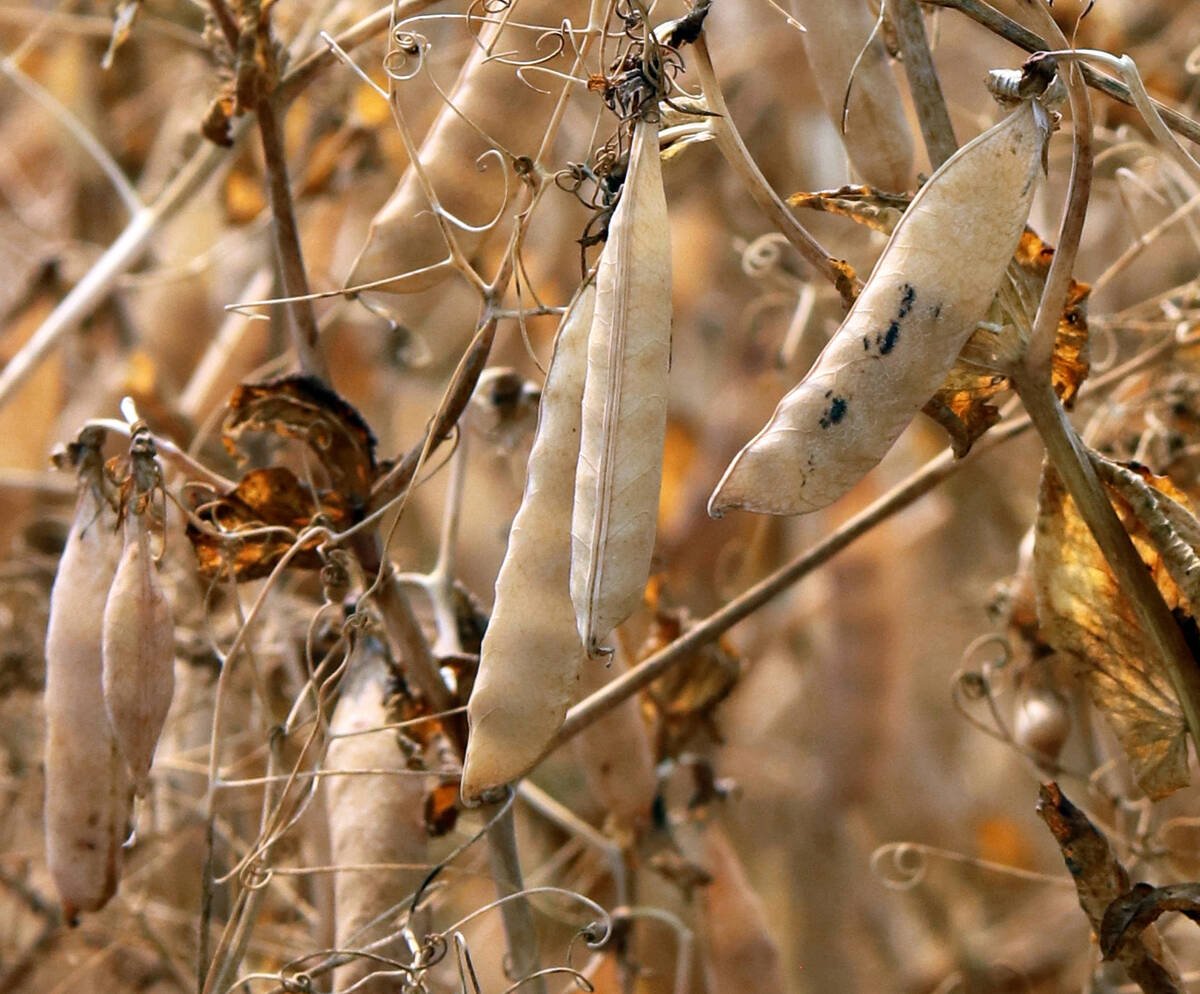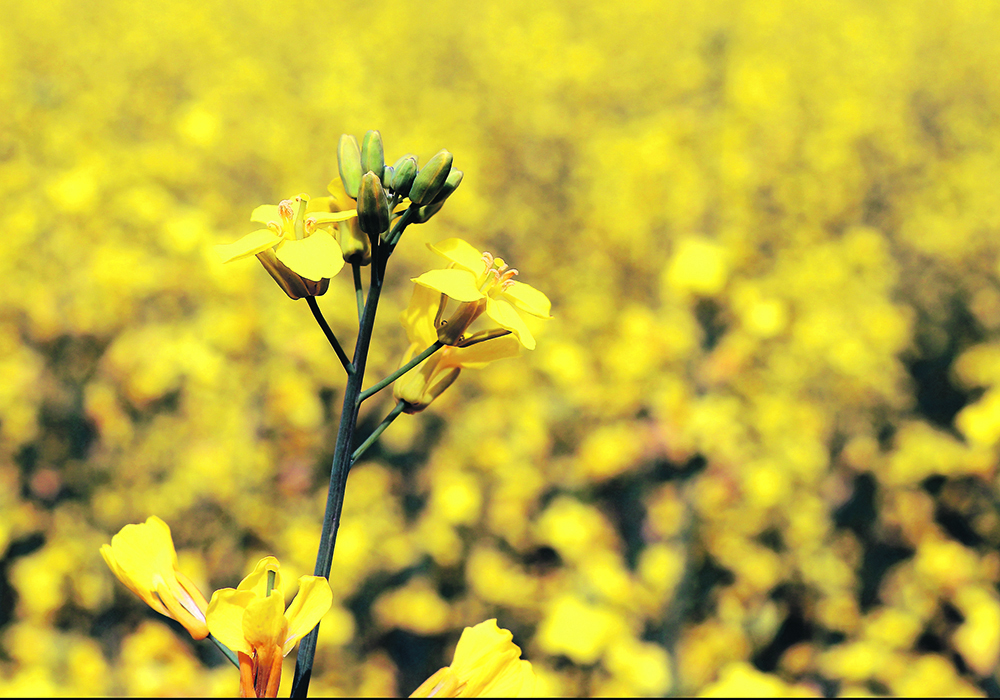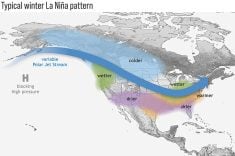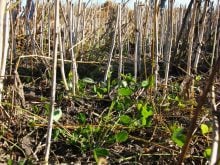Canadian canola growers are on the verge of gaining access to a new market that could eventually be bigger than their largest export market.
The United States Environmental Protection Agency published a proposed rule on April 12 that paves the way for canola oil to be used to make renewable diesel, jet fuel and other products.
The EPA determined that canola oil meets the greenhouse gas emission reduction threshold of 50 percent required to qualify for advanced biofuel renewable identification numbers under the U.S. Renewable Fuel Standard.
Read Also

Trump’s tariffs take their toll on U.S. producers
U.S. farmers say Trump’s tariffs have been devastating for growers in that country.
The proposed rule is open for comment until May 18. A final rule is expected to be published in July.
“It’s really, really, very good news,” said Jim Everson, president of the Canola Council of Canada.
Canola oil is currently an eligible feedstock for biodiesel and heating oil production in the U.S.
The council estimates that five to eight percent of Canada’s annual canola production or about 1.8 million tonnes of seed are currently consumed by the North American biofuel sector.
There is the potential to greatly expand that volume once the EPA’s final ruling is published later this summer.
“Very preliminary information would say that it could be as high as six to 6.5 (million tonnes) by 2030,” said Everson.
At the high end of that estimate, it would create a new market for 4.7 million tonnes of Canadian canola.
To put that in perspective, China was Canada’s top export market in 2021, buying 2.25 million tonnes of the crop.
“It is a staggering number,” said Lane Stockbrugger, a director of the Saskatchewan Canola Development Commission.
“Even if they are off by a million tonnes it’s a huge number and that’s great for all of us.”
He expects that a lot of the canola oil that will be used by the U.S. renewable diesel sector will come from Canadian crushers, so in essence it is creating a much larger domestic market for the crop and that is comforting.
“That’s a positive because there’s a lot of unrest in the world,” said Stockbrugger.
It means more value-added processing occurring in Western Canada, which should have a trickle-down effect for farmers.
“It helps us to prop up the price a bit, I would assume, and it should,” he said.
Everson stressed that it is too early to put much faith in any demand estimates, having just seen the EPA’s proposed rule.
But he did note that “big investments” have been made in the U.S. renewable diesel sector. The U.S. National Biodiesel Board is forecasting 26.3 billion litres of annual capacity by 2024, up from 3.7 billion litres today.
Imperial, Covenant Energy Ltd. and Federated Co-operatives Ltd. have all announced plans to build renewable diesel facilities in Western Canada.
Those plants are being built in anticipation of Canada’s proposed Clean Fuel Standard, which is still under development. Final regulations are expected to be published later this year.
Everson wouldn’t speculate on how much new demand that could generate for canola in Canada.
However, in a Dec. 22, 2020, news release the council said government modelling of the proposed regulation estimates the biofuel content in diesel could be 11 percent in 2030, up from the current two percent national mandate.
The council estimated that at that blend level it would create a new market the size of Japan for canola growers. Japan bought 2.3 million tonnes of Canadian canola in 2020.
COVID-19 and the war in Ukraine have given fuel to the decades-old food versus fuel debate. There is a global vegetable oil shortage caused in part by Ukraine’s inability to crush and export sunflower oil.
Everson doesn’t believe people need to worry about the biofuel sector usurping too much vegetable oil and depriving food markets of a valuable ingredient.
“I can’t see a day when our primary global market isn’t canola for vegetable oil and for human consumption,” he said.
He noted that the EPA analysis determined Canada’s canola yields increased by 25 percent between 2010 and 2020.
Everson said the industry is laser-focused on boosting yields even further to meet soaring global demand from both the food and fuel sectors.
















